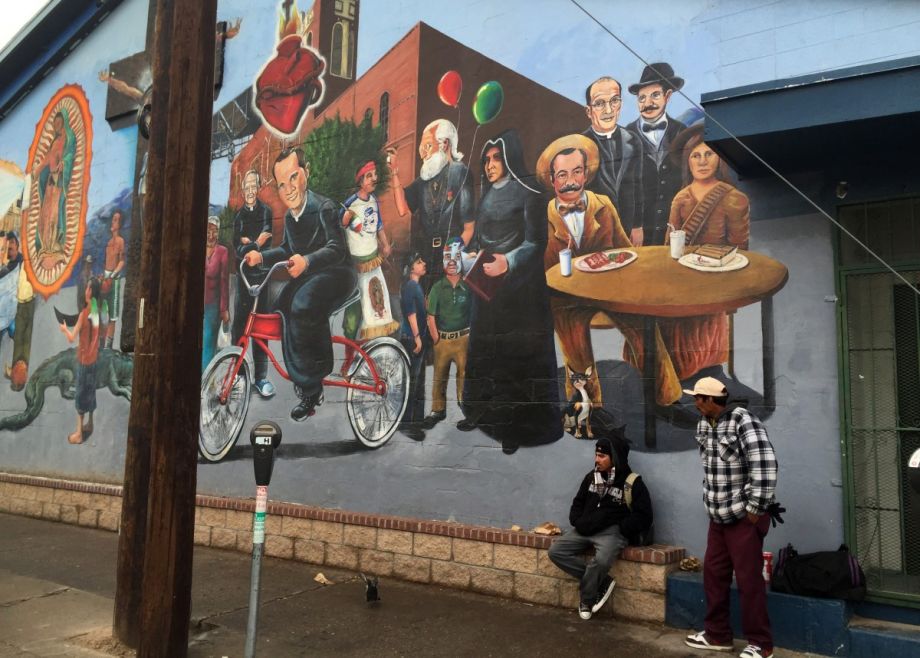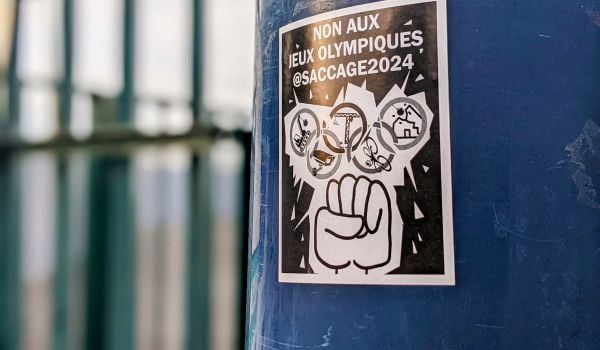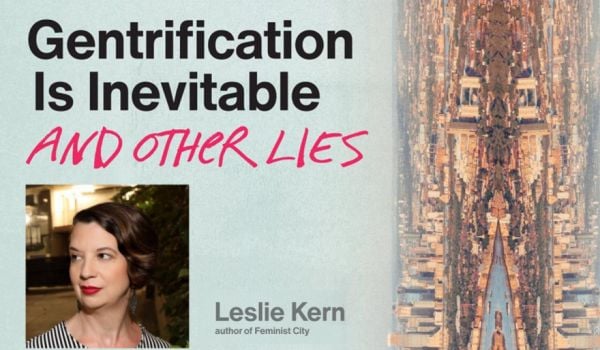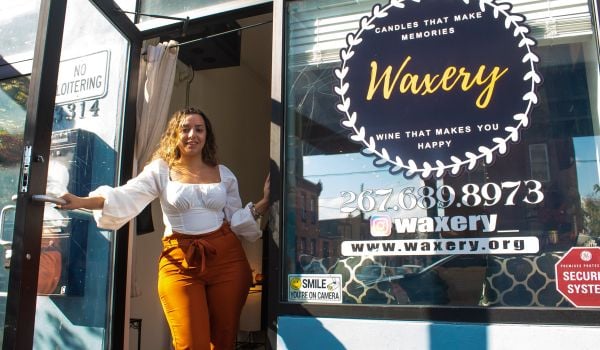Historic preservation activists have long struggled against the field’s negative reputation. Some critics say it’s an avenue for gentrification, only focuses on preserving a narrow, elitist slice of history (i.e. that of those who are wealthy, white and male), or is simply a nostalgic grasp on the past that does not allow for needed growth and revitalization.
In her new book, The Past and Future City: How Historic Preservation Is Reviving America’s Communities, Stephanie Meeks dives into those perceptions in an attempt to prove historic preservation is one of the most important urbanist movements of the time. Meeks is president and CEO of the National Trust for Historic Preservation, which last week released its annual list of endangered “landmarks.” The book speaks directly to issues of displacement, sustainability, inequality, affordable housing and needed employment opportunities. Ultimately, Meeks argues, historic preservation is both a way to save beautiful old buildings and the stories they carry, and to deeply engage with the local community and their concerns and needs.
Here, 10 of the most thought-provoking quotes from the book.
On redefining what historic preservation is:
“We do not honor the historic buildings in our midst, nor those who once inhabited them, by trapping these structures in amber or sequestering them away behind velvet ropes. We do it by working to see that they continue to play a vibrant role at the heart of the community.”
“When churchgoers pass the plate or a school holds a bake sale to raise money for needed renovations, they are doing historic preservation. When an abandoned industrial warehouse is converted into apartments, an events space, or a hip new restaurant or bar, or when an old, downtown commercial corridor sees a renewed influx of stores, shoppers, and new activity, historic preservation is happening there as well. When local activists work together to keep their neighborhoods affordable and sustainable in the face of rising rents and climate change respectively, they, too, are saving places that matter.”
“Far too often in the past, preservation has been what I call a movement of no. It has focused mainly on stopping bad things from happening to old buildings and on telling people what they are not allowed to do to their historic homes.”
On sustainability:
“It simply does not make sense to recycle cans and newspapers to save energy and not recycle buildings.”
On inclusive preservation:
“Preservation is about ensuring that our urban landscape reflects more than just profit margins or the whims of developers and real estate speculators — that they address the real needs and concerns of communities. It is about working to see that we honor and reflect the full contours of our past, including the complex and difficult chapters.”
“It shouldn’t be too much to expect a full and accurate portrayal of our nation’s history, not to mention one that recognizes our strength in diversity, in the center of our democratic government.”
“Not every American of importance grew up or lived in a grand manse. Far from it. Sometimes the places that matter most to us are plain, simple and unadorned. They won’t catch an architect’s eye, but they still matter.”
On the power of data:
“… open-source data also help generate accountability, transparency and a sense of civic engagement. The more people who have access to this information, the less likely it is that a municipality will move in a direction that runs counter to the interests or desires of affected residents or neighborhoods.”
On preventing displacement:
“The job of historic preservation is not to try to prevent change — communities are always in the process of change. Rather is it to leverage the tools, techniques and habits of our field to help neighborhoods move forward in a positive direction, in a way that minimized community disruption and helps facilitate equity, affordability and harmony among old residents and new arrivals.”
“… historic preservation can no longer just be about saving old places, independent of the men, women and children who live among them. We have to see that diverse history is being honored and diverse stories are being told. And we need to see that the concerns of families are heard, and their needs met, by adaptive reuse projects and urban revitalization strategies.”
Kelsey E. Thomas is a writer and editor based in the most upper-left corner of the country. She writes about urban policy, equitable development and the outdoors (but also about nearly everything else) with a focus on solutions-oriented journalism. She is a former associate editor and current contributing editor at Next City.
















